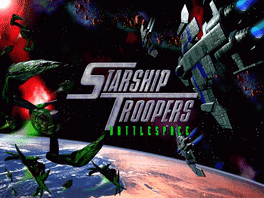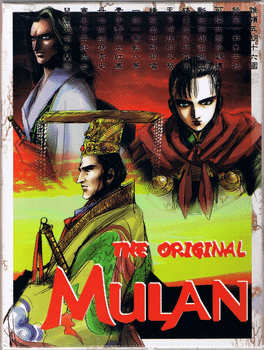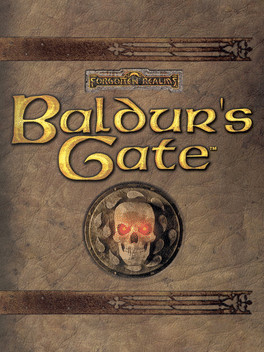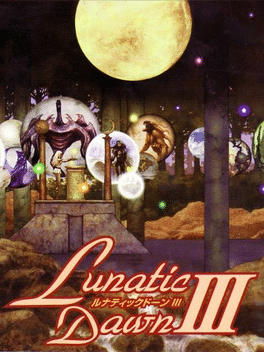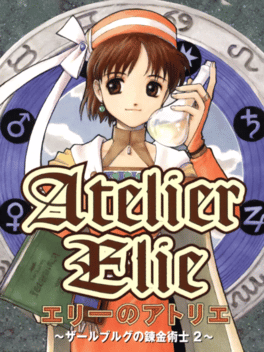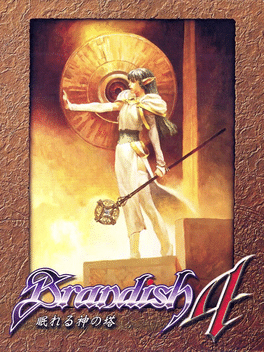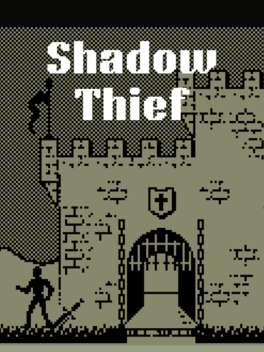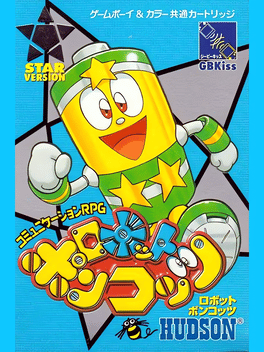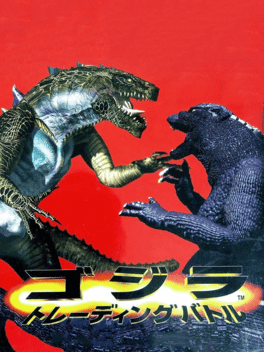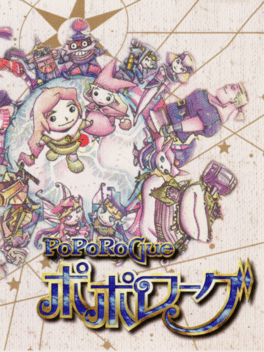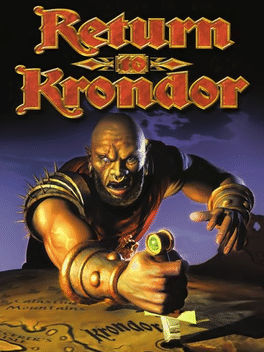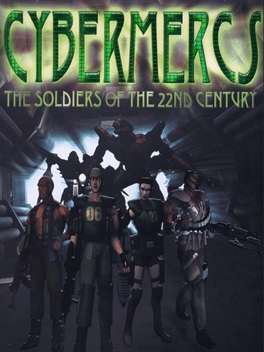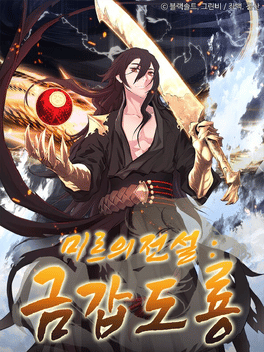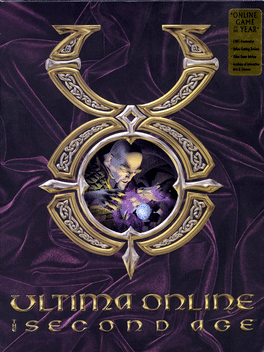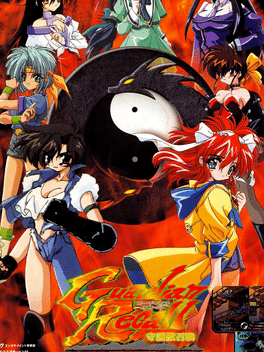New Role Playing Rpg Games - Page 239
-
Starship Troopers: Battlespace
1998
Starship Troopers: Battlespace was a massively multiplayer space shooter playable on the GameStorm network. Players could fight in campaigns or quick matches as the human Feds or the alien Arachnids, and battled live players from the opposing team. Points and victories contributed to persistently-tracked stats, resulting in regular promotions for skilled players. -
Fallout Apokalypse
1998
Fallout Apokalypse
1998
A compilation, containing the first two Fallout games as well as a promotional disc for Fallout Tactics. This bundle was exclusively released in Germany. -
The Original Mulan
1998
-
Baldur's Gate
1998
Baldur's Gate
1998
star 8.5Baldur's Gate is a fantasy role-playing video game developed by BioWare and published in 1998 by Interplay Entertainment. It is the first game in the Baldur's Gate series and takes place in the Forgotten Realms, a high fantasy campaign setting, using a modified version of the Advanced Dungeons & Dragons (AD&D) 2nd edition rules. It was the first game to use the Infinity Engine for its graphics, with Interplay using the engine for other Forgotten Realms-licensed games, including the Icewind Dale series, as well as other licensed D&D campaign worlds such as Planescape: Torment. The game's story focuses on players controlling a protagonist of their own creation who finds themselves travelling across the Sword Coast alongside a party of companions, to unravel the mystery surrounding a sudden iron crisis affecting the region and attempting to discover the culprits behind it, all while uncovering dark secrets about their origins and dealing with attempts on their life. -
Lunatic Dawn III
1998
Lunatic Dawn III
1998
The third title in the Lunatic Dawn series from Artdink, released for PlayStation. -
Atelier Elie: The Alchemist of Salburg 2
1998
The second game in the Atelier series. Originally for the PlayStation the game has been released for the PS3 and PSP through the PlayStation Network as PSOne Classics. The game has only been released in Japan. -
Thousand Arms
1998
Thousand Arms
1998
The game takes place on a "steampunk" type of world. The Dark Acolytes, a mysterious organization of cyborgs and robots, is trying to find the five legendary Sacred Flames, and bring chaos to the World in the process. Meis, a womanizing "Spirit Blacksmith" with the ability to make magical weapons, finds himself chosen to find the flames before the Dark Acolytes do. However, to increase the power of his weapons, Meis must have the help of a woman, and must increase his 'intimacy level' with her by going out on dates. Along his journey, he meets a colorful cast of characters, including girls to date and allies to join his party. -
Brandish 4: Nemureru Kami no Tou
1998
Brandish 4 is a rerelease of the fourth game in the Brandish series (previously known as Brandish VT) with improved fidelity and two more playable characters. -
Shadow Thief
1998
-
Robot Ponkottsu Star Version
1998
Robot Ponkottsu: Moon Version is a Role-Playing game, published by Hudson, which was released in Japan in 1999. -
Godzilla Trading Battle
1998
Godzilla Trading Battle is a PlayStation video game released only in Japan in 1998 by Toho Co., Ltd. It featured almost every Toho kaiju up to that point as well as 6 new monsters created exclusively for the game. -
PoPoRoGue
1998
PoPoRoGue
1998
Poporogue is the sequel to SCEI's 1996 hit in Japan Popolocrois (also called Popolocrois monogatari). The battles in this game are not random, you can see the monsters on the screen and avoid them. What's more is that if you choose to escape from a battle, the monsters you ran from will chase you around the dungeon. -
Return to Krondor
1998
Return to Krondor
1998
star 5The story revolves around the disappearance of the Ishapian Church's most sacred relic, the Tear of the Gods. A band of ruthless pirates - in the employ of Sidi, a shadowy, half-mad sorcerer - attempt to seize the Tear from the Ishapian treasure ship; but in the process, they sink the ship accidentally, sending the Tear to the bottom of the Bitter Sea. Your efforts to recover the Tear inadvertently draw you and your group into a violent, three-sided battle over the relic. Your quest leads you from the dizzying heights of Krondor's Palace, through the twisting tunnels of the sewers beneath the city, and into the haunted depths of a temple dedicated to an evil as ancient as the gods themselves. -
Cybermercs: The Soldiers of the 22nd Century
1998
A Diablo-style sci-fi Action RPG with a mission-based structure. -
Legend of Mir
1998
Legend of Mir
1998
In 1998 Wemade Entertainment released their first game under the Mir franchise, sadly no one outside of South Korea and China got opportunity to play. The project was abandoned very shortly after it's release and that's where it stayed until now. Over the years screenshots were shared around old forums and little was known of the game that so little people managed to play or own. -
Ultima Online: The Second Age
1998
Ultima Online: The Second Age is the first expansion for Ultima Online. -
Legend of Legaia
1998
Legend of Legaia
1998
star 8.5A legendary tale of betrayal and self-destruction. Abuse derived from the greediness of man. the powers of a magical creature betrayed. Will man realize his mistakes before irreparable damage is done? Armed witha magical sword and the will to durvive lead Vahn and his cohorts to the redemption of man. Pursue a quest to save the world and discover place where legends are born. New combat system bases on fight games. Discover special combinations for more effective attacks. Beautiful realistic graphics with ull polygons. 100s of 3D enemies that react with a full range of motion. -
Slayers Wonderful
1998
Slayers Wonderful
1998
Slayers Wonderful is a role-playing video game developed by TamTam and released by Banpresto for the PlayStation in 1998 exclusively in Japan. It features key voice actors from the Slayers anime versions and a story supervised by the Slayers author Hajime Kanzaka. The game was a big commercial success but received mixed critical reception. -
Guardian Recall
1998
Guardian Recall
1998
Guardian Recall is a Role-Playing game, developed by Tsuji Jimusho and published by Xing Entertainment, which was released in Japan in 1998. -
Blaze and Blade Busters
1998
Blaze & Blade Busters is the sequel to Blaze & Blade Eternal Quest and use the same graphics engine. But this time the game wasn't released outside Japan, there were originally plans for a PAL release but for some reason it never happened. Even though Blaze & Blade Busters uses the same engine as Eternal Quest it has some huge differences: - For example, there are some very interesting features on the start menu alone. You can do things that you cannot on Eternal Quest, such as renaming the items in your inventory to whatever you want and even battling friends in a duel. - Character creation is also interesting. When you have assigned your attribute points it adds them up and assigns you level based on how many points you have. So, you may start off at around level 50. The game will not only give you level 50 stats but it will also give you up to level 3 spells if you have chosen a sorcerer/priest/fairy, etc. - The game itself also plays very different. You begin at the Roadside Inn, but instead of walking arou
